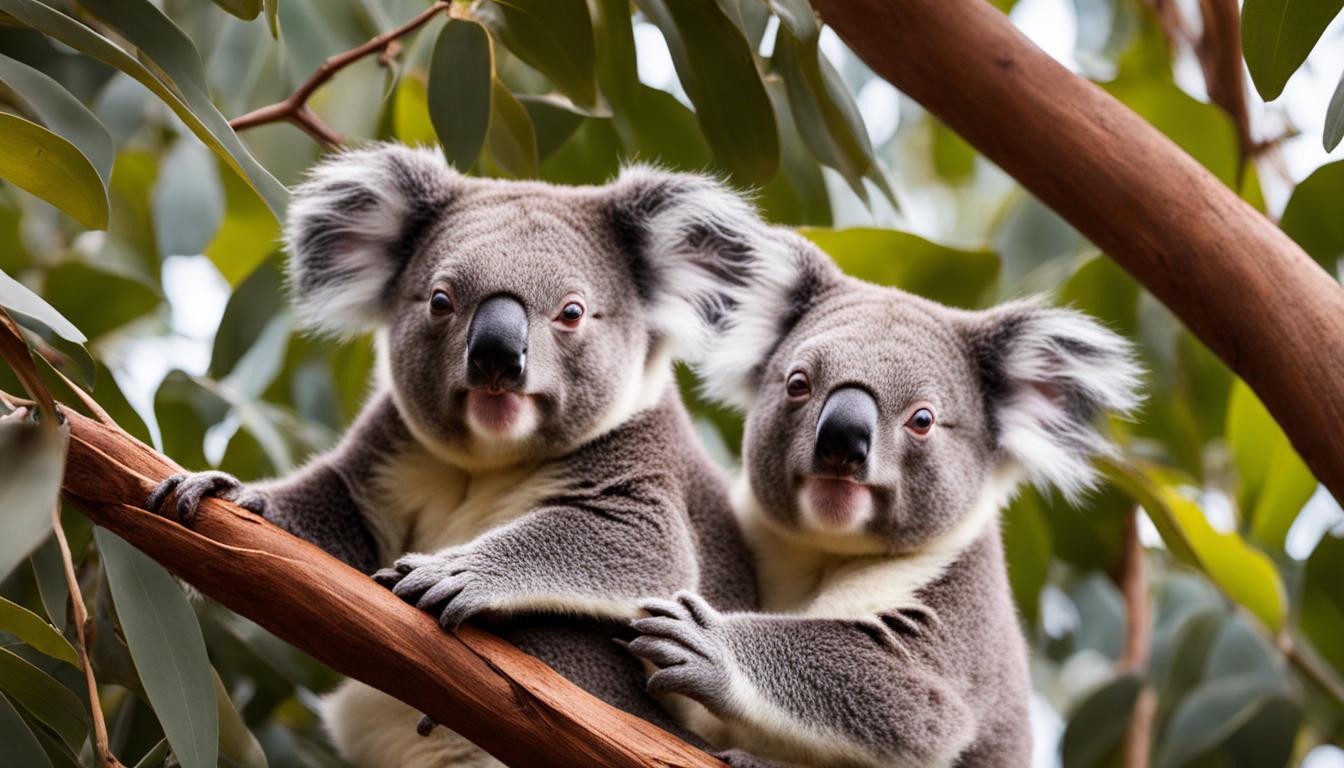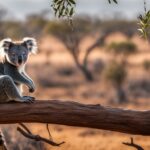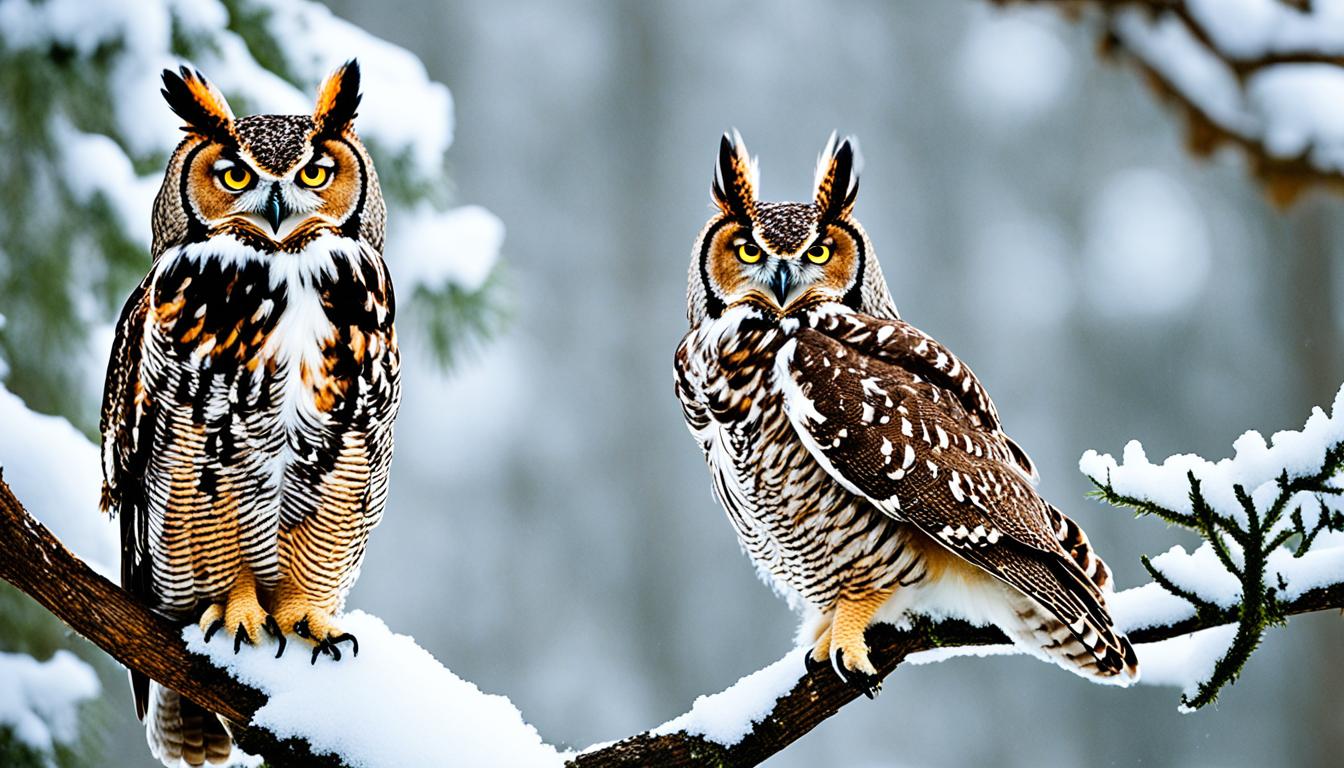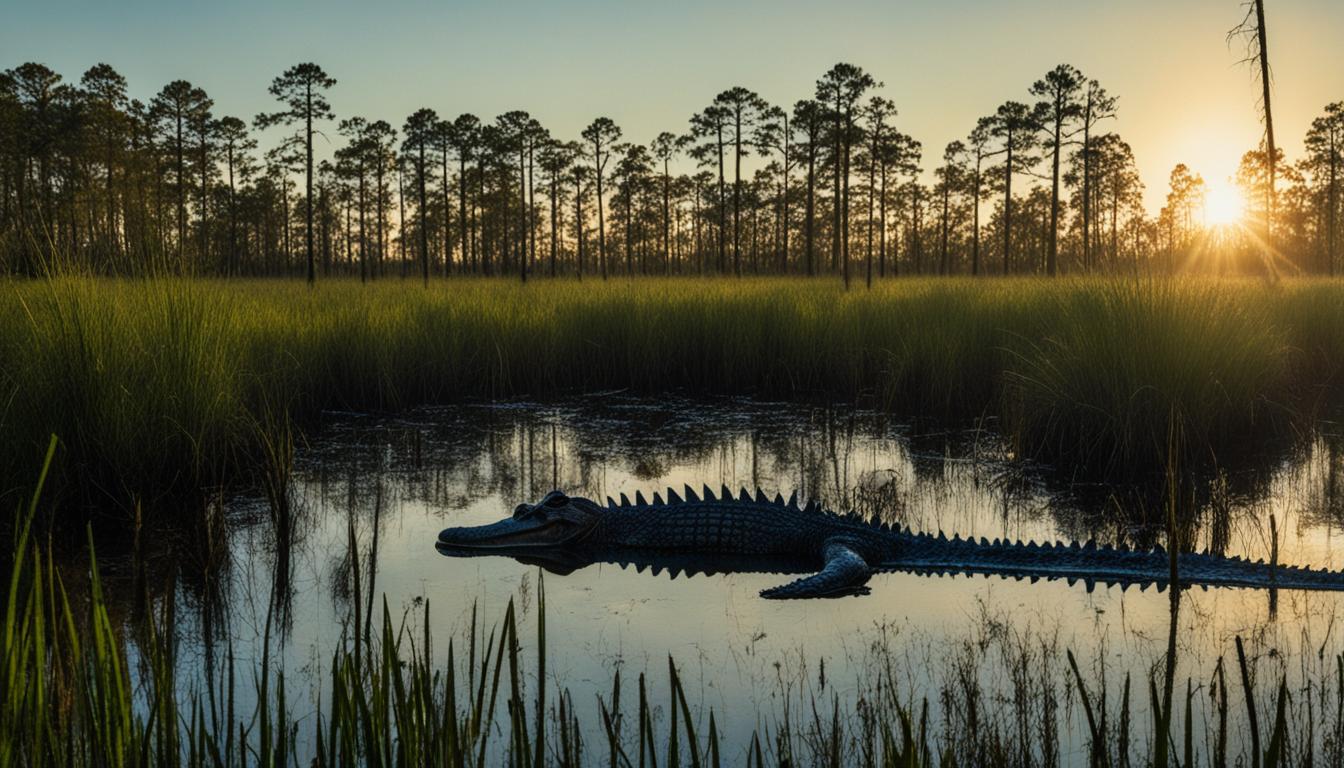Welcome to our article on the average lifespan of koalas in the wild. If you’ve ever wondered how long these adorable creatures live, you’ve come to the right place. In this section, we’ll explore the fascinating world of koalas and uncover the secrets behind their lifespan.
The loss of habitat has led to local extinctions of koala populations in certain areas, making the species more vulnerable to other threats such as disease and predation. As koalas rely heavily on eucalyptus trees for food and shelter, the destruction of their habitat directly impacts their survival. Efforts to conserve and restore koala habitat, particularly through the establishment of protected areas and the preservation of existing eucalyptus forests, are crucial in ensuring the long-term survival of these beloved creatures.
Conservation organizations, such as the Australian Koala Foundation (AKF), are working tirelessly to raise awareness about the plight of koalas and advocate for stronger protection measures. The AKF is actively involved in research, community engagement, and lobbying efforts to secure the future of koalas in the wild. However, without broad-scale intervention and commitment from governments, local communities, and individuals, the risk of koalas becoming extinct remains high.
In conclusion, the population of koalas is rapidly declining, and urgent actions are needed to prevent their extinction. Protecting and restoring their natural habitat is paramount, along with implementing stricter regulations and policies to ensure the long-term survival of this irreplaceable species.
Koala Behavior and Diet
Koalas are fascinating creatures known for their unique behavior and specialized diet. Understanding their behavior and diet is key to appreciating their survival strategies and ecological roles.
Koala Behavior
Koalas are primarily arboreal, meaning they spend most of their time in trees. They have adapted to life in the eucalyptus forests of Australia and are well-suited to the challenges of their environment. Koalas are solitary animals, with each individual occupying its own territory, and their behavior revolves around finding food and conserving energy. One notable behavior is their ability to sleep for up to 20 hours a day, which helps them conserve energy and cope with the low nutritional content of their diet.
Koala Diet
The diet of koalas consists almost entirely of eucalyptus leaves. These leaves are tough, fibrous, and low in nutrition, making them a challenging food source for most animals. However, koalas have unique adaptations that allow them to feed on eucalyptus safely. Their digestive system has special microbes that break down the toxins in the leaves, enabling them to extract the minimal nutrients they need. Koalas have a slow metabolism, which helps them conserve energy and makes their low-energy diet sustainable.
| Favorite Eucalyptus Species | Percentage of Diet |
|---|---|
| Eucalyptus camaldulensis | 44% |
| Eucalyptus tereticornis | 26% |
| Eucalyptus microcorys | 14% |
| Eucalyptus robusta | 10% |
| Eucalyptus grandis | 6% |
The diet of koalas is highly selective, and they show preferences for specific species of eucalyptus. Some favored species include Eucalyptus camaldulensis, Eucalyptus tereticornis, and Eucalyptus microcorys. These trees provide the koalas with both food and shelter, forming an essential part of their habitat.
Conclusion
The behavior and diet of koalas are intricately linked to their survival in the eucalyptus forests of Australia. Their ability to adapt to a low-nutrition diet and conserve energy through long periods of sleep demonstrates their remarkable ecological niche. By understanding these unique adaptations, we can better appreciate and protect these iconic creatures and their habitat.
Koala Habitat Conservation
Protecting the habitat of koalas is vital for their long-term survival. While national parks play a significant role in preserving some pockets of koala habitat, it is essential to focus on conservation efforts on privately-owned land as well. Legislation is needed to prevent the destruction of koala habitat and provide incentives for landowners to protect and manage their land for the benefit of koalas and other wildlife.
Habitat fragmentation and degradation pose serious threats to the survival of koalas. As human development continues to encroach upon natural habitats, the available space for koalas to live and thrive is shrinking. Conserving and restoring their habitat is crucial for maintaining healthy populations and ensuring the survival of this iconic species.
The Importance of National Parks
National parks play a crucial role in protecting koala habitat. These protected areas provide a safe haven where koalas can find suitable food sources and shelter. National parks also contribute to the overall conservation of biodiversity by preserving habitats for other wildlife species. By designating and effectively managing national parks, we can ensure the continued existence of koalas and the ecosystems they inhabit.
“Conserving koala habitat is not only essential for the survival of these unique creatures but also for the preservation of our natural heritage. It is our responsibility to protect and care for the environment they depend on.”
Collaborative Efforts
Conserving koala habitat requires a collaborative effort from various stakeholders. Government agencies, environmental organizations, researchers, and local communities must work together to implement effective conservation strategies. This can involve initiatives such as reforestation projects, the establishment of wildlife corridors, and educational programs to raise awareness about the importance of koalas and their habitat.
| Koala Habitat Conservation Strategies | Description |
|---|---|
| Land Protection | Preserving and acquiring land to create protected areas for koalas. |
| Habitat Restoration | Replanting native vegetation and restoring degraded habitats for koalas. |
| Community Engagement | Involving local communities in habitat conservation efforts through education and outreach programs. |
| Policy and Legislation | Implementing regulations and incentives to protect koala habitat on private land. |
By prioritizing koala habitat conservation and taking proactive measures to address threats, we can secure a future where koalas continue to thrive in their natural environment. Protecting their habitat not only benefits the koalas themselves but also contributes to the preservation of our unique natural heritage.
Koalas in Captivity
When koalas are kept in captivity, their lifespan can increase significantly compared to their wild counterparts. In zoos and wildlife parks, captive koalas receive regular veterinary care, optimal nutrition, and protection from external threats, allowing them to live longer and healthier lives. The importance of providing appropriate care for captive koalas cannot be understated, as it plays a crucial role in their overall well-being and conservation.
According to research and observations, the oldest known koala in captivity lived to be 23 years old, while the oldest male koala reached the age of 22. These extended lifespans can be attributed to the dedicated care provided by experienced professionals who closely monitor the koalas’ health and implement preventive measures to ensure their longevity.
“In captivity, koalas have the opportunity to live in a safe and controlled environment, free from the dangers and challenges they may face in the wild. This allows them to thrive and contribute to conservation efforts,” says Dr. Emily Carter, a wildlife expert.
Caring for captive koalas involves specialized training and expertise. It includes providing a suitable diet consisting of eucalyptus leaves and other supplemental food to meet their nutritional needs. Additionally, captive koalas require spacious enclosures that mimic their natural habitat, allowing them to climb and move around freely.
The role of koalas in captivity extends beyond their individual well-being. They serve as ambassadors for their wild counterparts, raising public awareness about the importance of koala conservation. By observing and learning from captive koalas, people can gain a deeper understanding of their behavior, habitat requirements, and the challenges they face in the wild. This knowledge can inspire action and support for conservation efforts, ultimately benefiting koalas and their natural habitats.
| Comparison of Lifespan: Wild vs. Captive Koalas | |
|---|---|
| Wild Koalas | Captive Koalas |
| Average lifespan of about 10 years | Extended lifespans of up to 23 years |
| Exposure to threats such as habitat loss, accidents, and disease | Protection from external threats and regular veterinary care |
| Dependent on the availability and quality of natural food sources | Provided with a suitable diet and supplemental food |
| Challenges in finding mates and raising offspring | Opportunities for controlled breeding and reproductive management |
Conclusion
After exploring the various factors that affect the lifespan of koalas, it is evident that their survival is influenced by multiple factors. The average lifespan of a koala in the wild is around 10 years, but this can be significantly impacted by habitat quality, threats, aging process, and diet.
Conservation efforts play a vital role in ensuring the long-term survival of koalas. With their population declining and facing the risk of extinction, it is crucial to protect their habitat and raise awareness about their conservation needs. By supporting koala conservation organizations and advocating for legislation to safeguard their habitat, we can actively contribute to the preservation of these iconic creatures.
Remember, koalas are an essential part of our natural ecosystem and hold a special place in our hearts. By prioritizing their survival and taking action, we can help secure a brighter future for koalas, enabling them to thrive and continue enchanting us with their unique charm for generations to come.
Is the Decline in the Koala Population Affecting Their Average Lifespan in the Wild?
The decline in koalas in the wild is indeed affecting their average lifespan. With habitat loss, diseases, and climate change, koalas are facing a challenging environment. As a result, their lifespan is decreasing, putting their population at risk. Conservation efforts are crucial to ensure the survival of these iconic Australian animals.
FAQ
What is the average lifespan of a koala in the wild?
The average lifespan of a koala in the wild is about 10 years.
What factors can affect the lifespan of koalas?
Factors such as habitat quality, the presence of threats, aging process, and diet can all influence the survival and longevity of koalas.
How many koalas are left in the wild?
Estimates suggest there may be less than 80,000 koalas remaining, possibly as few as 43,000.
What do koalas eat?
Koalas primarily eat eucalyptus leaves, which provide them with hydration and nutrition.
Why is koala habitat conservation important?
Koala habitat conservation is crucial for the long-term survival of the species, as habitat fragmentation and degradation are significant threats to their population.
How long do koalas in captivity live?
Koalas in captivity generally have longer lifespans compared to those in the wild, with some living up to 23 years.
How can I contribute to koala conservation?
You can support koala conservation efforts by raising awareness, implementing legislation, and contributing to organizations dedicated to protecting their habitat.











